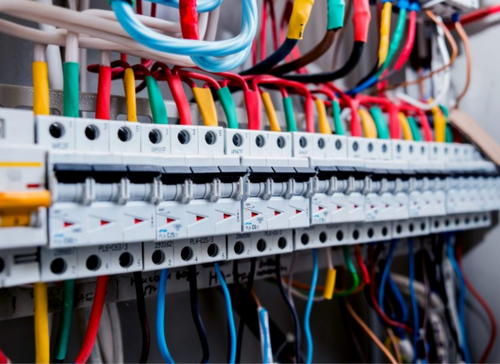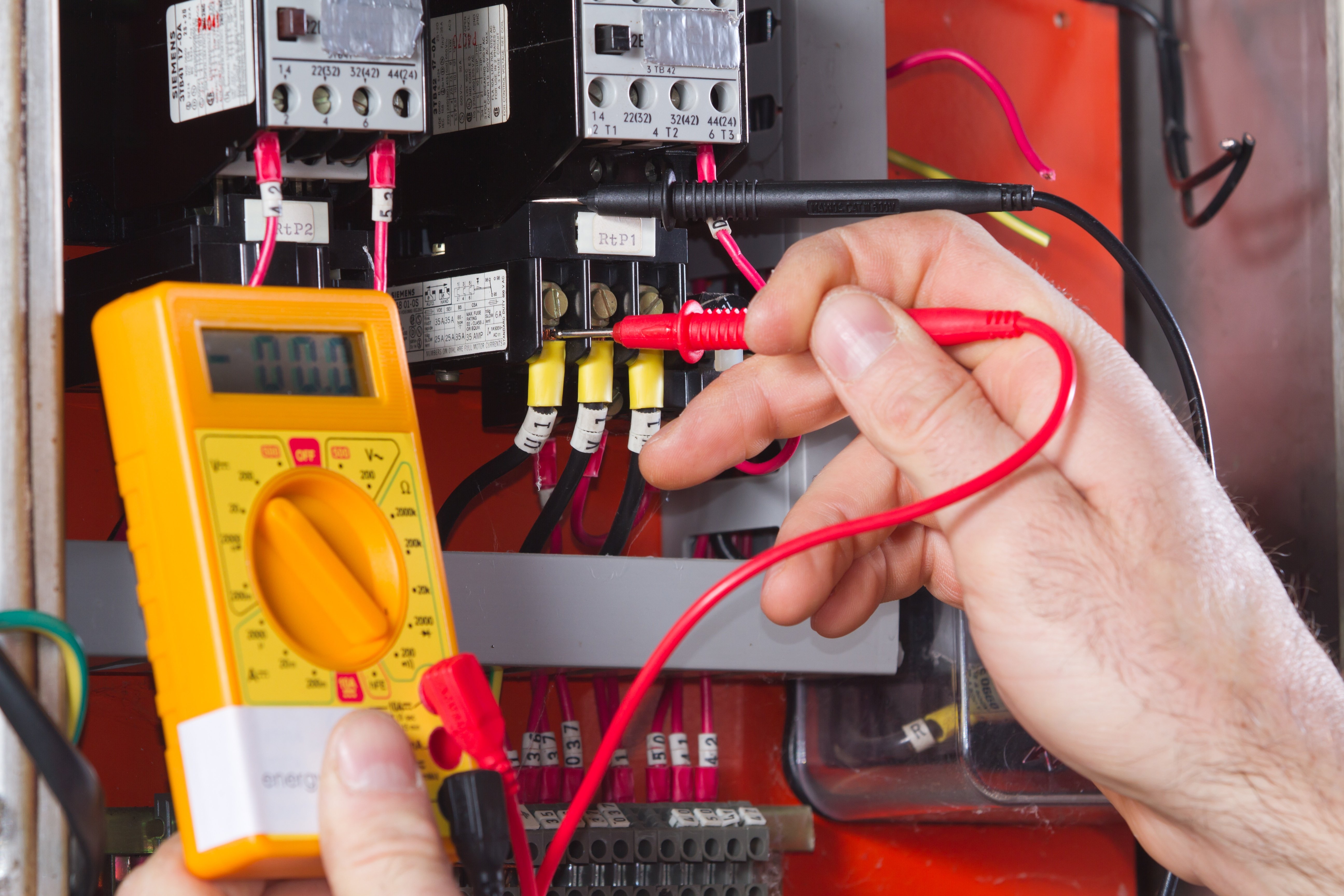Professional BRE Electrical Melbourne Services for Your Electrical Jobs
Wiki Article
The Ultimate Overview to Electric Installation: Tips and Techniques for a Safe and Efficient Home Electrical Wiring System
In the realm of home maintenance, couple of aspects are as important yet usually overlooked as the electrical circuitry system. Ensuring a risk-free and reliable home electrical wiring configuration demands not only a standard understanding of electrical principles however also practical knowledge of setup strategies and maintenance procedures. From navigating the complexities of cable links to repairing typical problems that might occur, this overview intends to equip house owners with the crucial tips and tools essential for a protected and energy-efficient electrical system. By checking out the nuances of electrical security steps and energy-saving practices, this thorough guide will certainly clarify the details of home circuitry, empowering individuals to organize their household's electric facilities.Understanding Electric Precaution
To guarantee the security of both individuals and property, understanding and executing proper electric safety and security steps is extremely important in any home wiring job. It is essential to perform a complete assessment of the electric system before beginning any kind of wiring job to identify possible hazards or problems that require to be addressed.Moreover, making use of the appropriate tools and devices is essential for preserving safety throughout electrical setups. Protected handwear covers, voltage testers, and safety eyeglasses are some of the basic security gear that must be used to avoid electric shocks or crashes. It is also important to de-energize circuits before servicing them and to identify all circuits and breakers plainly to stay clear of complication.

Important Devices for Home Circuitry
Guaranteeing the correct application of electric safety and security measures in home wiring tasks involves using a particular set of crucial devices designed to help with the installment process effectively and safely. Some of the key tools required for home wiring projects include a voltage tester for checking live wires, wire pole dancers for removing insulation from wires, a wire cutter for precisely reducing cords to length, a screwdriver established for securing electrical components, electric tape for insulation and protecting links, a wire ripper for removing wire sheathing, and a multimeter for gauging voltage, existing, and resistance.Step-by-Step Electric Setup Guide
Starting an electrical installment task needs careful planning and adherence to safety standards. Prior to starting any work, ensure you have a comprehensive plan outlining the format of the electric system, including the placement of electrical outlets, buttons, and fixtures. Think about the power requirements of each tool to figure out the appropriate wire scale and circuit breaker sizes.The primary step in the installment process is to shut off the power supply to the location where you will be functioning. Utilize a voltage tester to validate that the circuits are de-energized before touching any kind of cables. Next off, meticulously remove existing components or outlets and disconnect the cables.
When setting up new circuitry, run cords with walls and ceilings, safeguarding them in position with appropriate fittings. Adhere to regional building regulations and manufacturer directions for correct wire installation and links. BRE Electrical Solutions. See to it to identify cords for easy identification and future maintenance

Troubleshooting Common Circuitry Issues
Having actually completed the setup process as detailed in the previous subtopic, fixing anchor typical wiring issues is an important skill for making sure the security and functionality of your electric system. One usual problem is a tripped circuit breaker, frequently brought on by overloaded circuits or a brief circuit. To repair this, find the breaker panel, identify the tripped breaker by seeking the one not fully in the "on" placement, and reset it by flipping it fully to "off" and after that back to "on." An additional common problem is a faulty electrical outlet, identified by no power or periodic power supply. Guarantee the electrical outlet is not managed by a switch, after that utilize a voltage tester to look for power. If there is no power, transform off the circuit, examine the wiring links for any loose or damaged cables, and replace the electrical outlet if necessary. Continually flickering lights can indicate loose wiring connections or an overloaded circuit. To resolve this, check and tighten all cord connections in the influenced components and switches and rearrange the load on the circuit to balance the electric demand. Frequently inspecting and immediately dealing with these typical circuitry issues will keep the safety and effectiveness of your home electric system.Tips for Energy-saving Electric Solutions
For optimum power performance in electric systems, carrying out clever practices and utilizing energy-saving technologies is extremely important. One vital suggestion for accomplishing an energy-efficient electric system is to upgrade to LED lighting. LED light bulbs eat considerably much less energy than typical incandescent bulbs and have a longer lifespan, making them an economical option in the future. In addition, installing programmable thermostats can aid manage home heating and cooling systems, minimizing power waste when nobody is home. One more approach is to invest in energy-efficient appliances that are ENERGY STAR certified, guaranteeing they fulfill high requirements for energy efficiency. Proper insulation and securing of windows, doors, and electrical outlets can additionally protect against energy loss, eventually decreasing the workload on electric systems. Consider including eco-friendly power resources like solar panels to additional decrease dependence on standard like this power grids. By incorporating these energy-efficient pointers and innovations, property owners can not only conserve money on their electrical energy bills yet also reduce their environmental influence.Final Thought
In conclusion, carrying out correct safety procedures, making use of important tools, adhering to a step-by-step installation guide, repairing common problems, and integrating energy-efficient pointers are essential for a risk-free and effective home circuitry system. By sticking to these practices, house owners can make certain the durability and performance of their electrical setups. It is necessary to prioritize safety and security and efficiency when it pertains to electrical work in order to stop possible threats and to keep pop over here a trustworthy electric system in the home.Report this wiki page